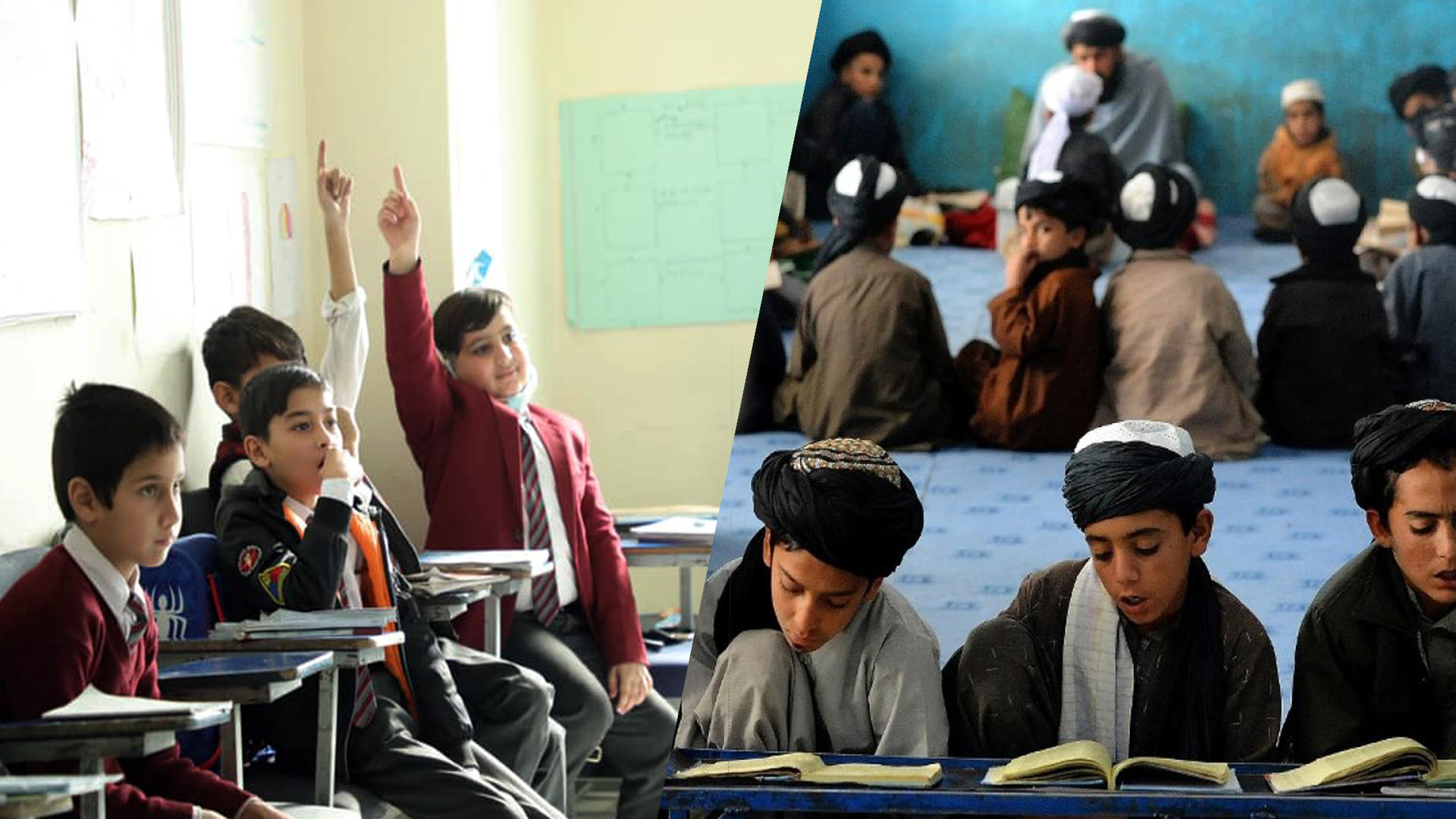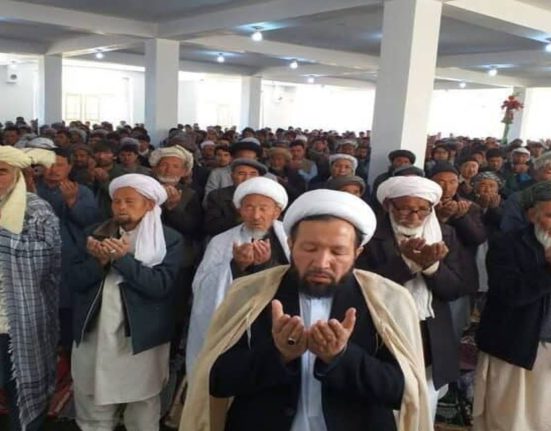
The Heavy Shadow of Religious Schools on Contemporary Education; Afghanistan on the Path of Growing Islamic Extremism.
While the Afghan Ministry of Education reports the establishment of 4,000 religious schools in the past year, concerns have grown about the heavy shadow of the growth of traditional religious education on the country’s contemporary education system.
Mansoor Ahmad Hamza, a spokesman for the ministry, announced today that during this period, in addition to the construction and reconstruction of hundreds of schools, more than 1.2 million students have been enrolled, 40 percent of whom are girls.
But these statistics do not hide another bitter reality: Afghan girls are practically deprived of continuing their education after the sixth grade and are not allowed to enter universities; even vital fields such as midwifery and nursing, which are directly related to the health of women and children, are prohibited for them.
The increase in religious schools in such circumstances has made many concerned about the spread of extremist ideas and the reduction of the space for scientific and vocational education.
Critics say that these policies are taking Afghanistan away from the path of human development and equal participation of women and men, and instead of investing in contemporary science and the needs of the labor market, they are confining the future generation to a closed circle of ideological education; a path that seriously increases the risk of deepening the gender gap and spreading extremism.







